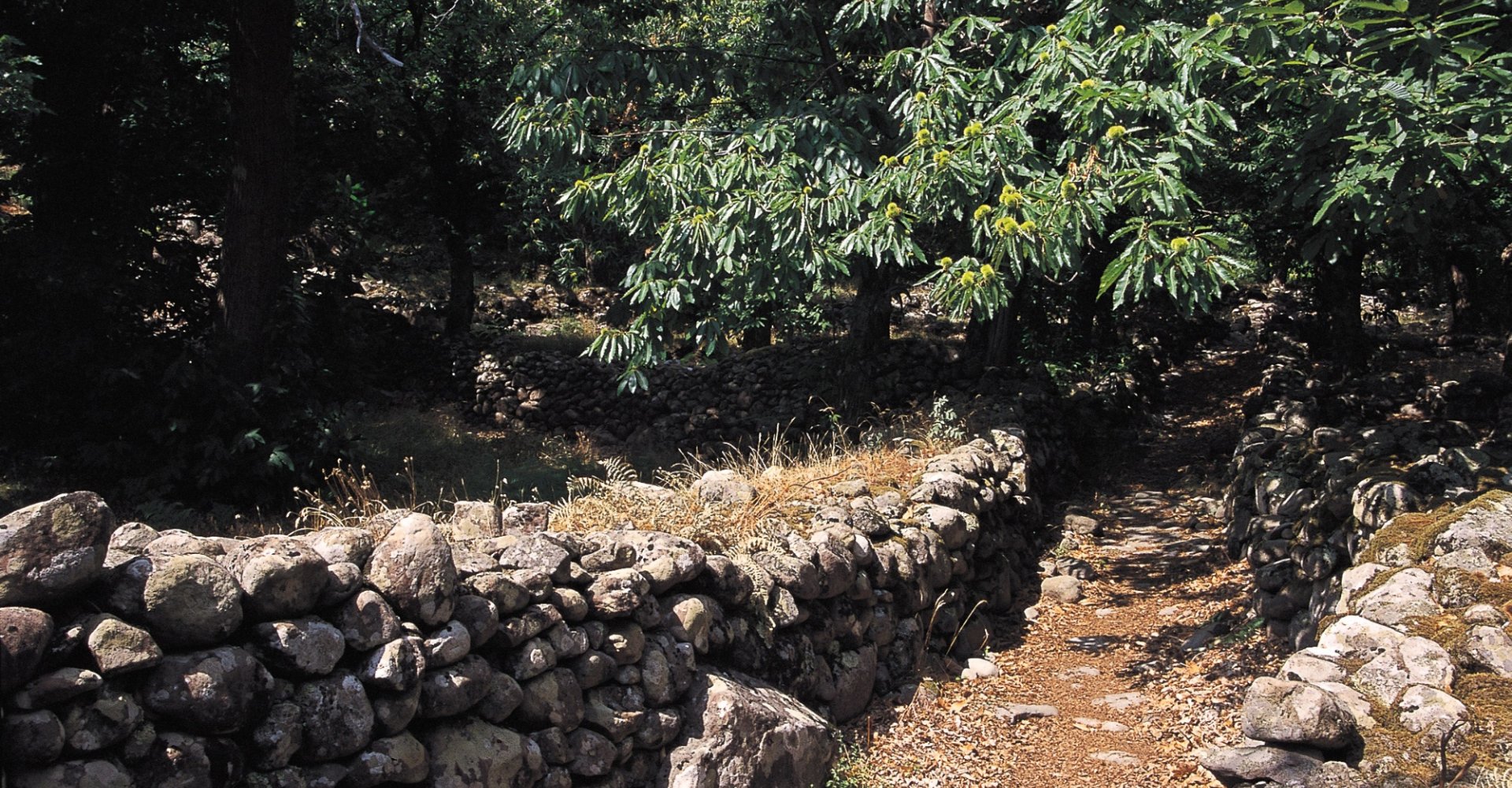
Walking the via del Volto santo, one of the most important historical roads in Tuscany
Fields of maize on the plain, silvery splashes of olive trees on the hills and ordered rows of vines contribute to the landscape of Lunigiana, sheltered from the cold northern winds by the south-eastern fin of the Ligurian Apennines and by the Emilio-Tuscan Appenines. This well-defined geographic space lies east of the last northern reaches of the Apuan Alps.
At the centre of this frame of mountains runs the Magra river, on a course that ends in the Ligurian sea and begins 62 kilometres away at the spectacular drop of Piscio di Pràcchiola. This gate of fertile land is rich in history and tradition, and the towering monuments of the Malaspina lords do not eclipse the holy houses, where pilgrims would seek refuge and shelter.
Driven by strong religious motivations, the wayfarers walked along the Via Francigena or the via del Volto Santo, facing a thousand difficulties, dangers and privations, seeking comfort in the hospices that offered a warm bed and in the churches that offered an altar at which to pray. One of the best-preserved parish churches is located in east Lunigiana and it is surely the church of Santi Cornelio e Cipriano e Codiponte. Sirens, monsters and disembodied heads adorn the capitals of the columns, and a 15th-century triptych shows the Madonna enthroned with the Child, on whom she places a rose, flanked on one side by an image of the Volto Santo venerated at Lucca, and on the other by Saints Cornelio and Cipriano. This itinerary, in fact, follows a stage of the ancient pilgrimage route that leads to the worship of the 'Volto Santo', a wooden crucifixion held in the Church of San Martino in Lucca.